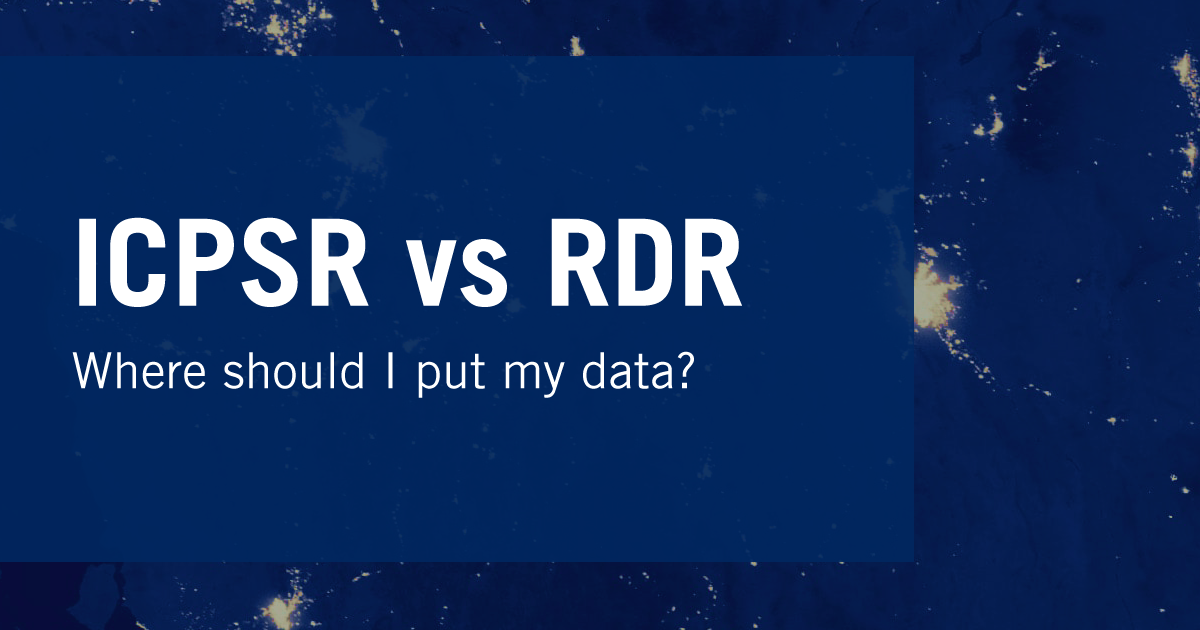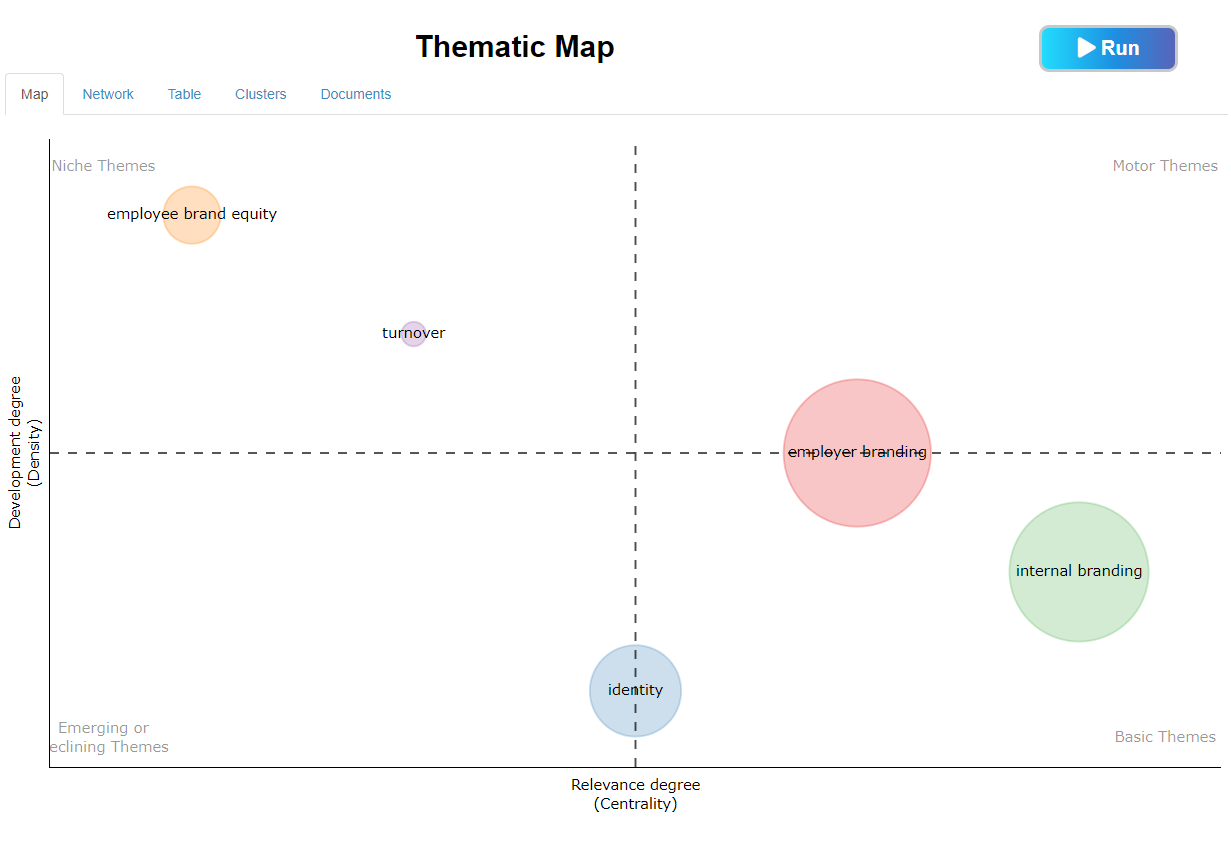
by Dong Danping, Librarian, Research Services
In two earlier articles, we discussed about IEEEDataPort and OSF, and compared their features and differences with SMU RDR to help researchers make a more informed decision on where to deposit their data.
In this article, we will be looking at Inter-university Consortium for Political and Social Research (ICPSR), which is both a subject data repository for social science researchers to deposit data, as well as the world’s largest social science data archive.

As a researcher, you may use ICPSR for three possible reasons:
- You want to find a good dataset for your research (which many social science researchers are already doing).
- You have created a dataset that has research value for the social science research community. You want to publish it for research impact.
- You want to publish replication data of a paper to make it reproducible, or to fulfil funder/publisher requirements.
We will focus on 2 & 3 in this article and make recommendations for different situations depending on your goals and the characteristics of your data.
ICPSR vs. open ICPSR
There are some distinct differences for depositing to ICPSR versus to openICPSR.
To deposit data to ICPSR, you do not have to be affiliated to a member institution (though SMU is a member). However, there are a few conditions for acceptance:
- The data need to meet the selection criteria (e.g. in the relevant disciplines, worthy of long-term retention)
- Deposited data will need to go through a curation process (at no cost to the depositor) to make data more findable and reusable. Examples of curation include fixing issues in the data, adding complete documentation, saving data in recognized archival formats.
The advantage of ICPSR is that deposited data will be of high quality and more reusable with free expert curation from the ICPSR team, e.g. variable-level information will be tagged and included in ICPSR’s Social Science Variables Database (SSVD). This also allows users to conduct deeper search at variable level (screenshot below).

Another thing that ICPSR does is to look for citations by papers to deposited datasets, like this example dataset below that has 181 data-related publications.
While there are many advantages to depositing in ICPSR, not all datasets are eligible. Besides the additional effort needed to curate the dataset, access is closed and available to only researchers from membership institutions (SMU has membership, so you can access via this link).
openICPSR is more recently established and less well-known as compared to the main ICPSR. It is a user-controlled, self-publishing archive like SMU RDR. Anyone can deposit data, and it will be immediately available to the public. There is no selection or curation involved. This is a popular option for replication data and to meet journal requirements for open data.
How do I choose between ICPSR, openICPSR and SMU RDR?
Ask yourself the following questions to aid your decision making.
- Is your data in the discipline of social science?
Yes – proceed to the next question
No – SMU RDR
I’m not sure (e.g., data is inter-disciplinary) – SMU RDR probably, but you can explore if ICPSR could be a good fit as well - Does your data contain confidential information?
Yes, I want to explore secure restricted access options – ICPSR
Yes, I can anonymize the data myself – all three options are possible
No – all three options are possible - Does your data have reuse value for the social science community?
Yes, my data has reuse value and I am willing to work with ICPSR team to curate the data properly for future reuse – ICPSR
No, my data is mainly useful for replication - SMU RDR or openICPSR - Do you want your data to be publicly available, or accessible only to a specific disciplinary audience?
Free access for all – SMU RDR or OpenICPSR
Specific audience – ICPSR (data only available to member institutions with ICPSR) - Do you want to make use of professional data curation for your data (e.g. variable indexing, converting to archival formats, complete documentation) which makes it more reusable?
Yes - ICPSR
No, I can do it myself - SMU RDR (which provides basic metadata curation) or OpenICPSR
If you are still unsure, there is no reason why you can’t deposit in multiple repositories, particularly if you do not anticipate future changes. There are more possibilities for your data to be seen, and multiple backup copies ensure that it will never get lost.
Remember that you can also get help from librarians to select a suitable repository for your data! Just email me at dpdong@smu.edu.sg.